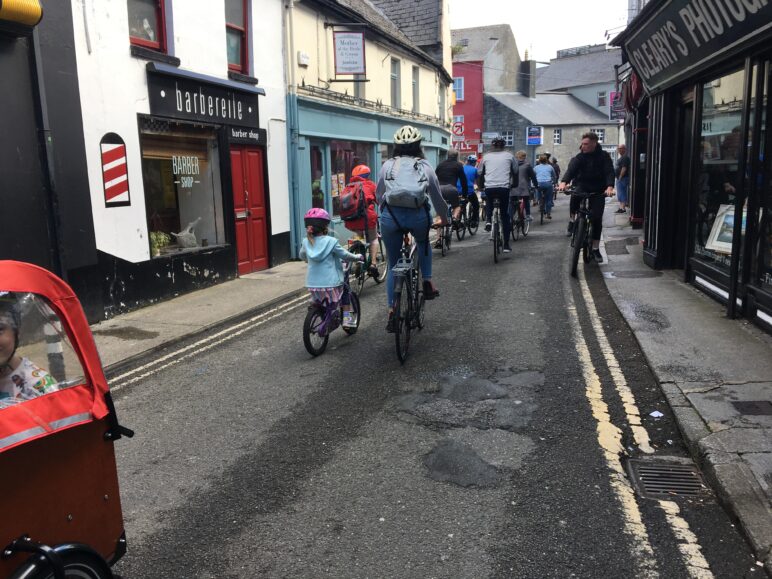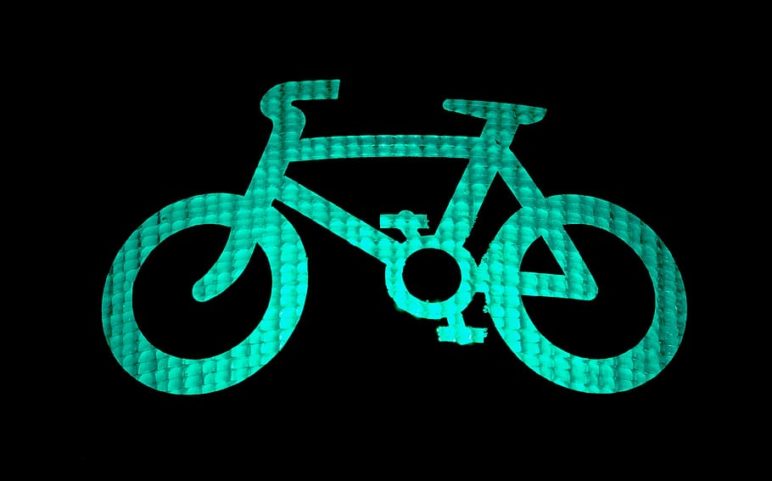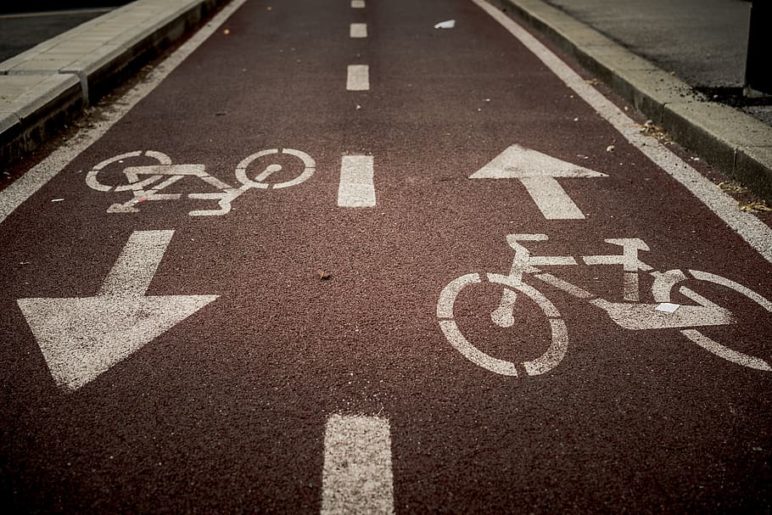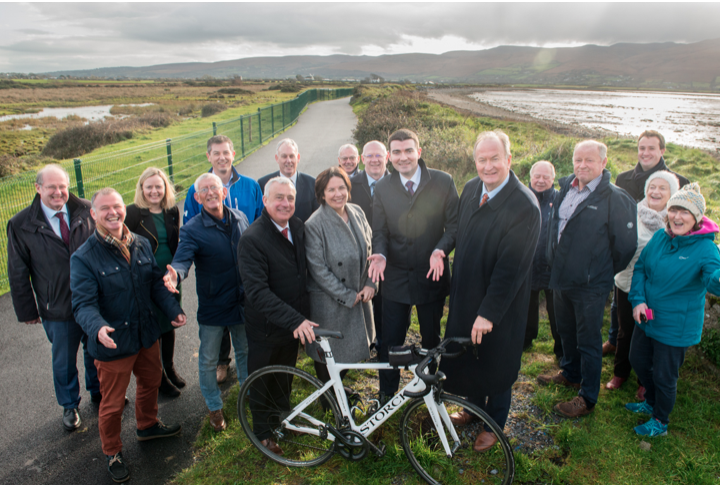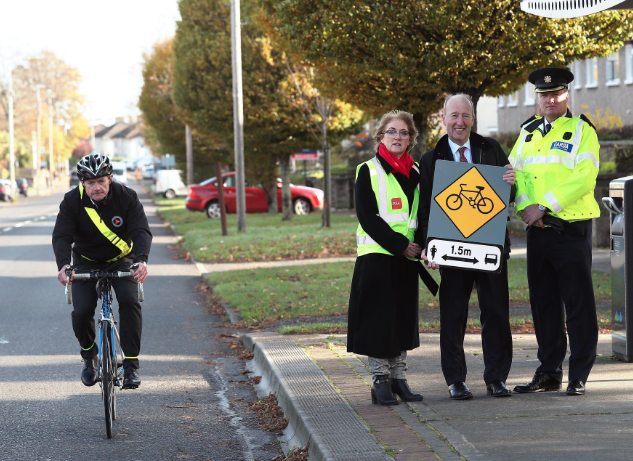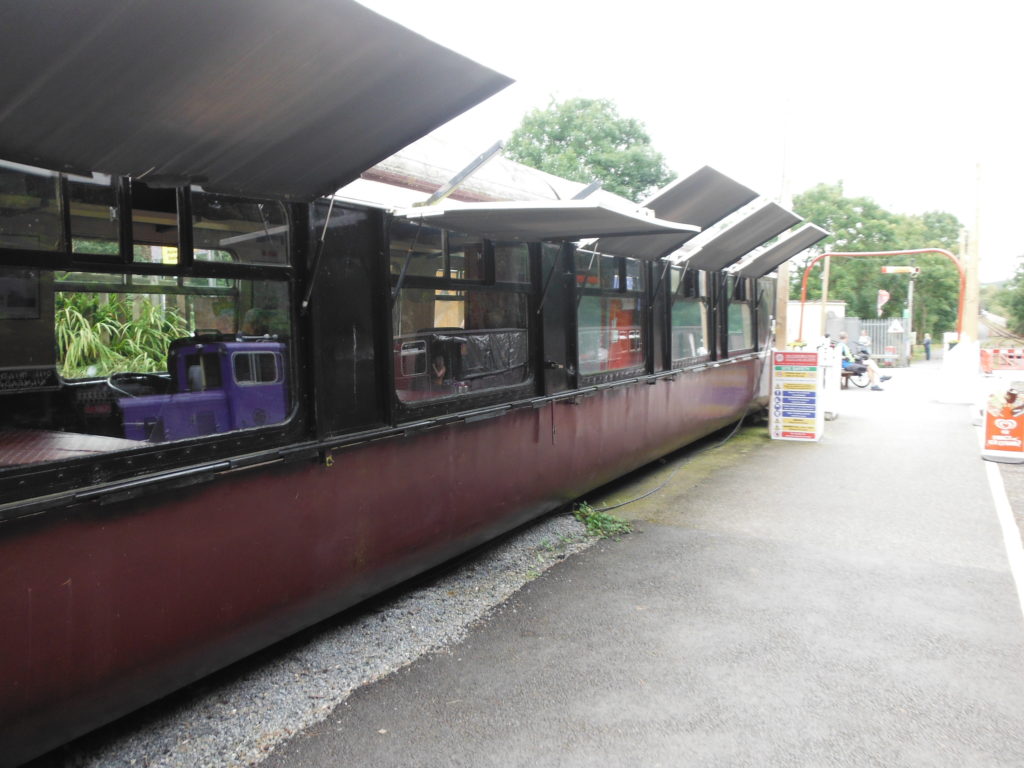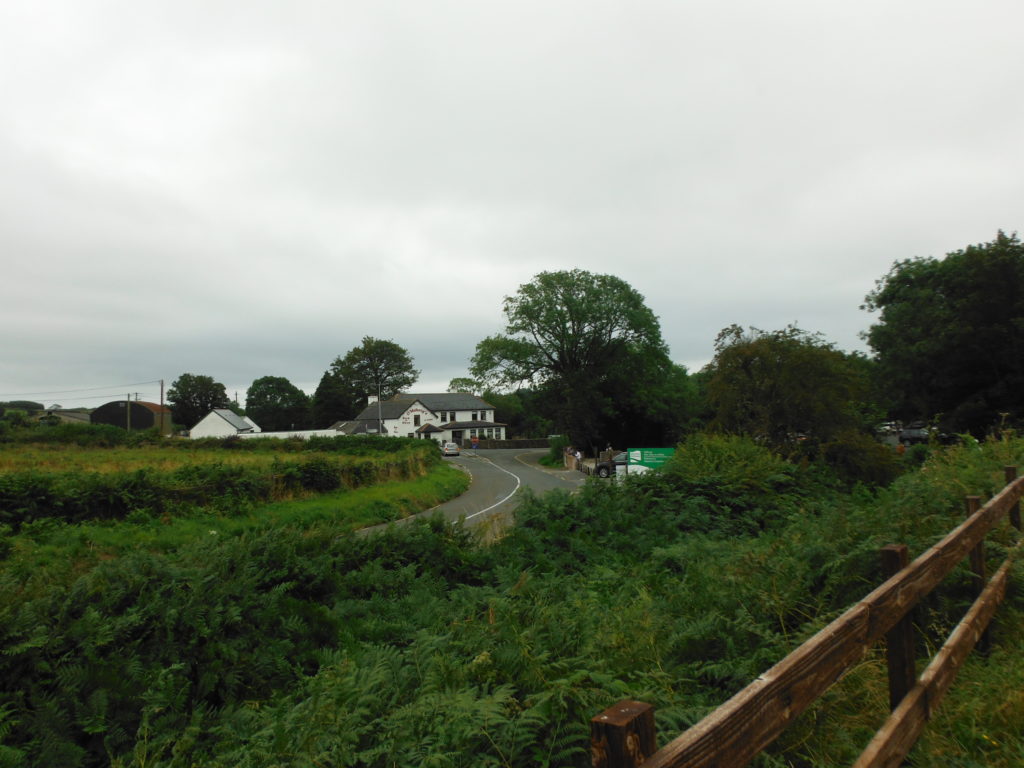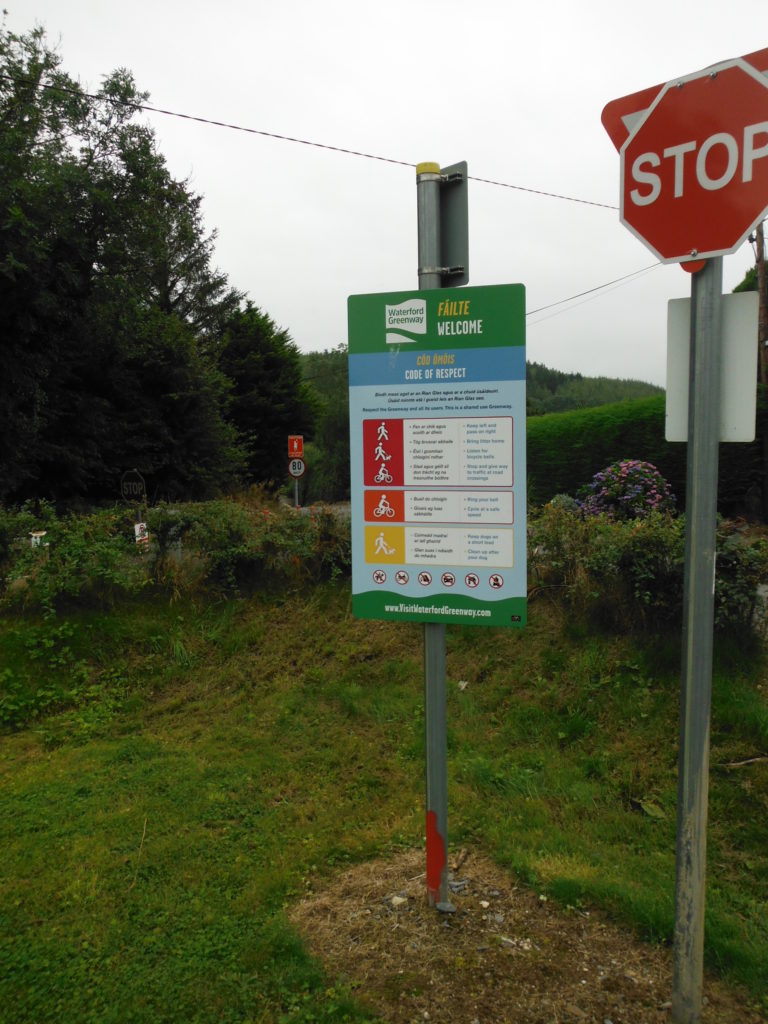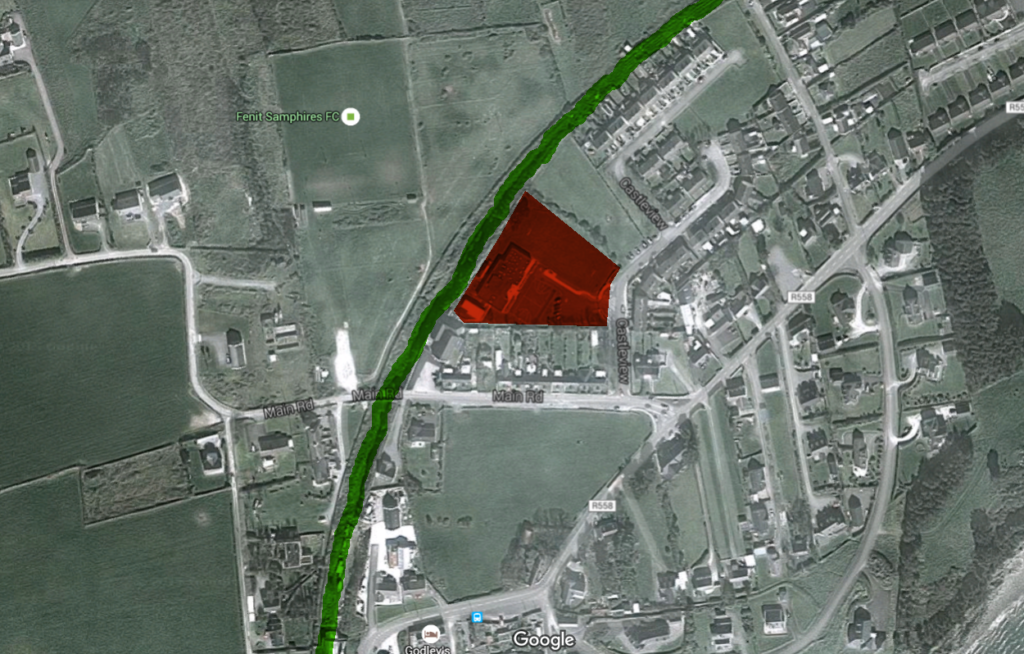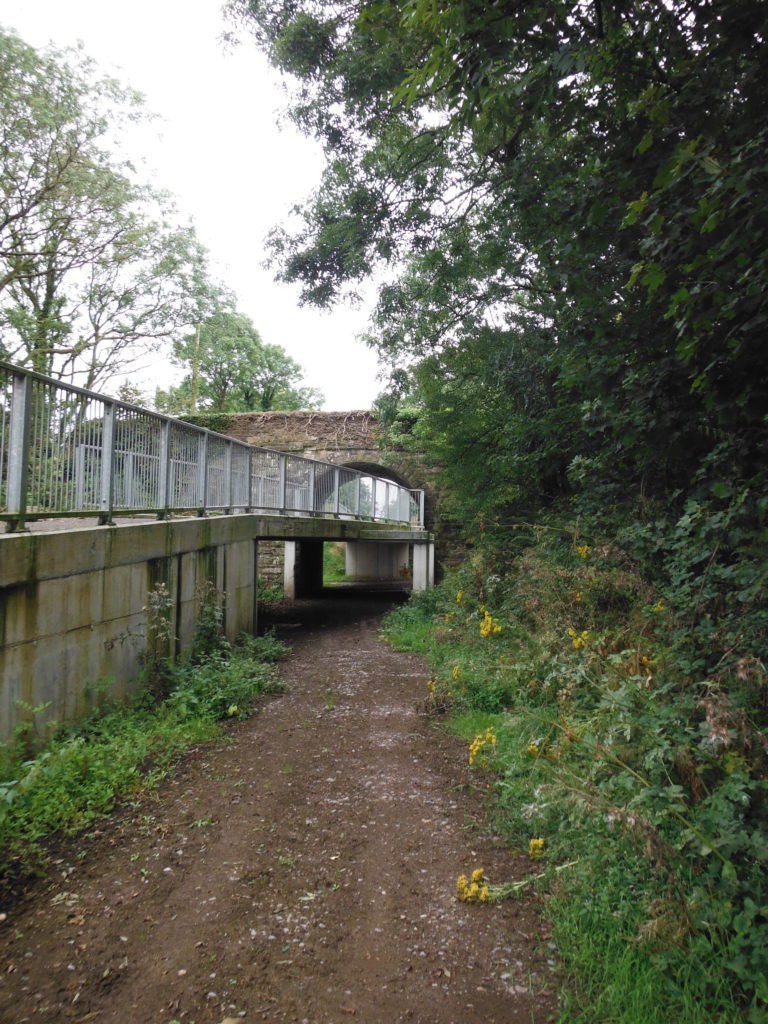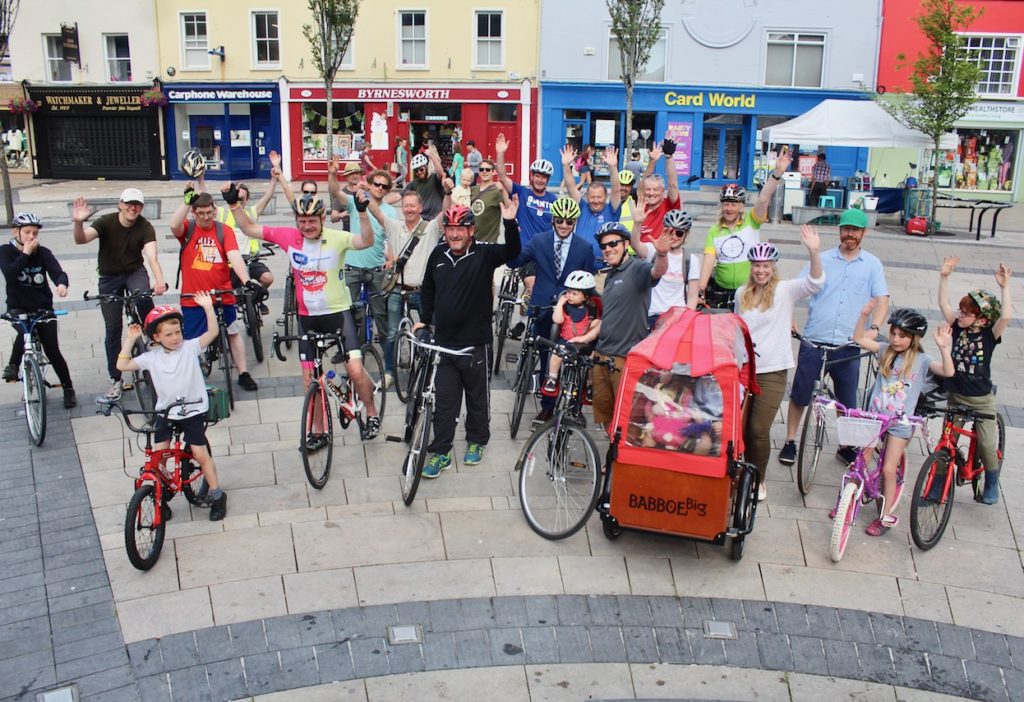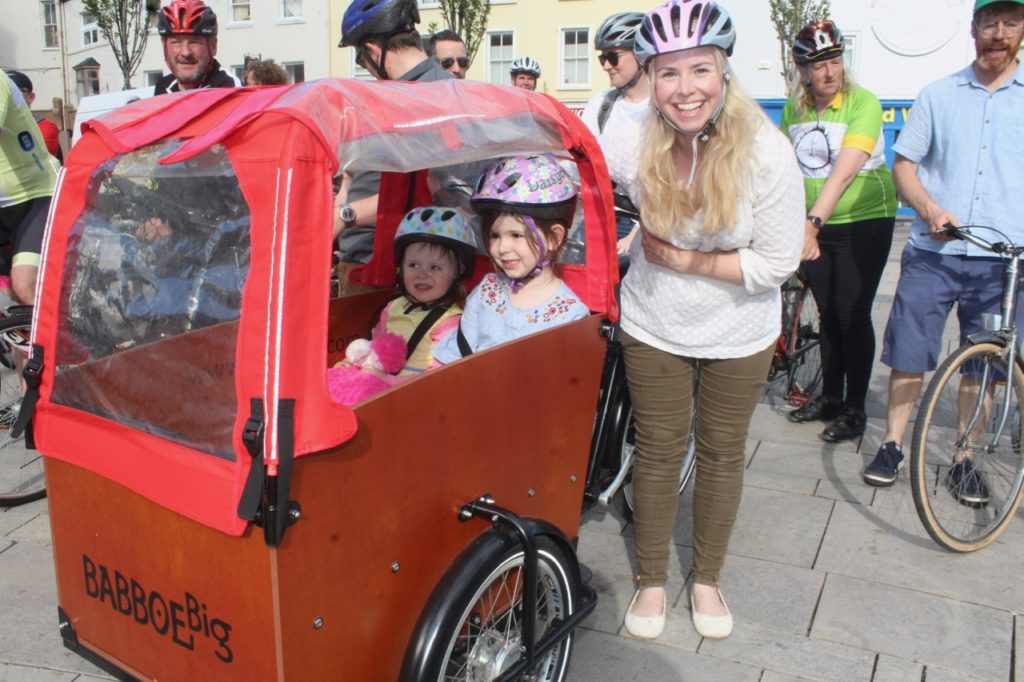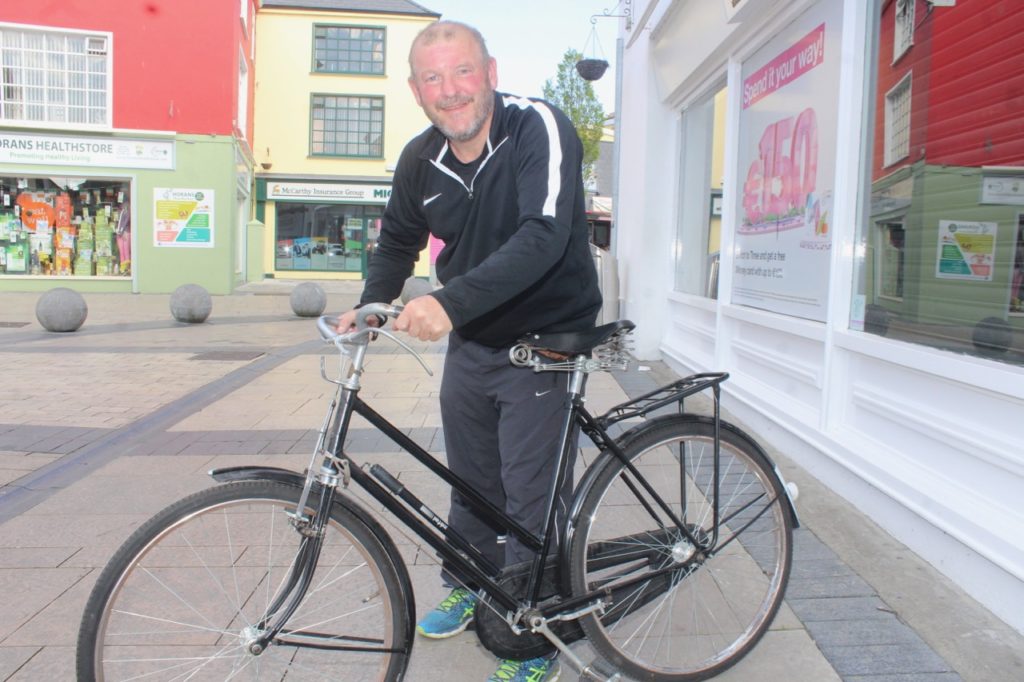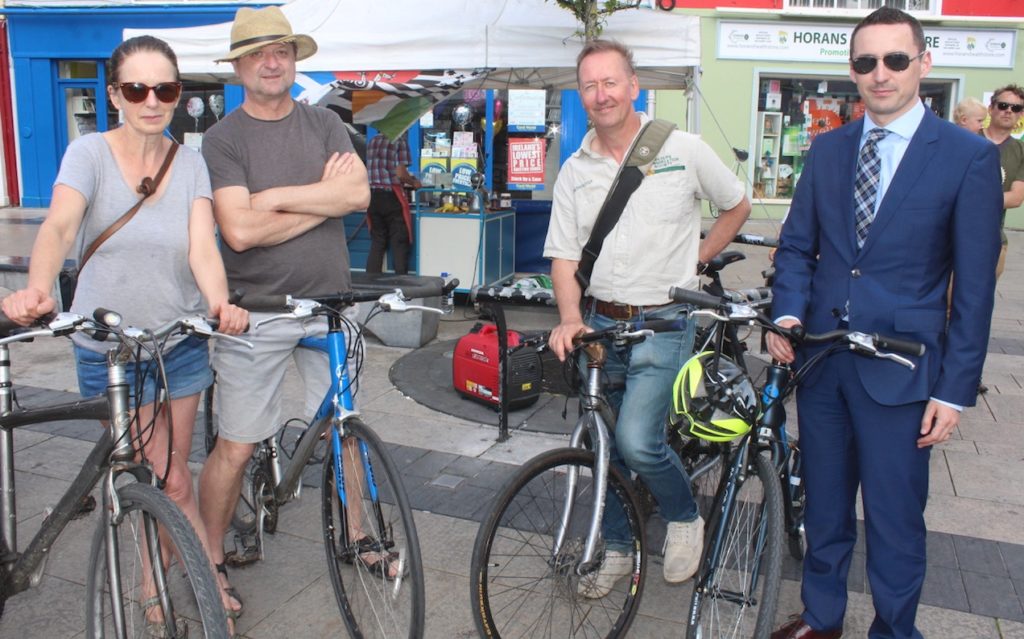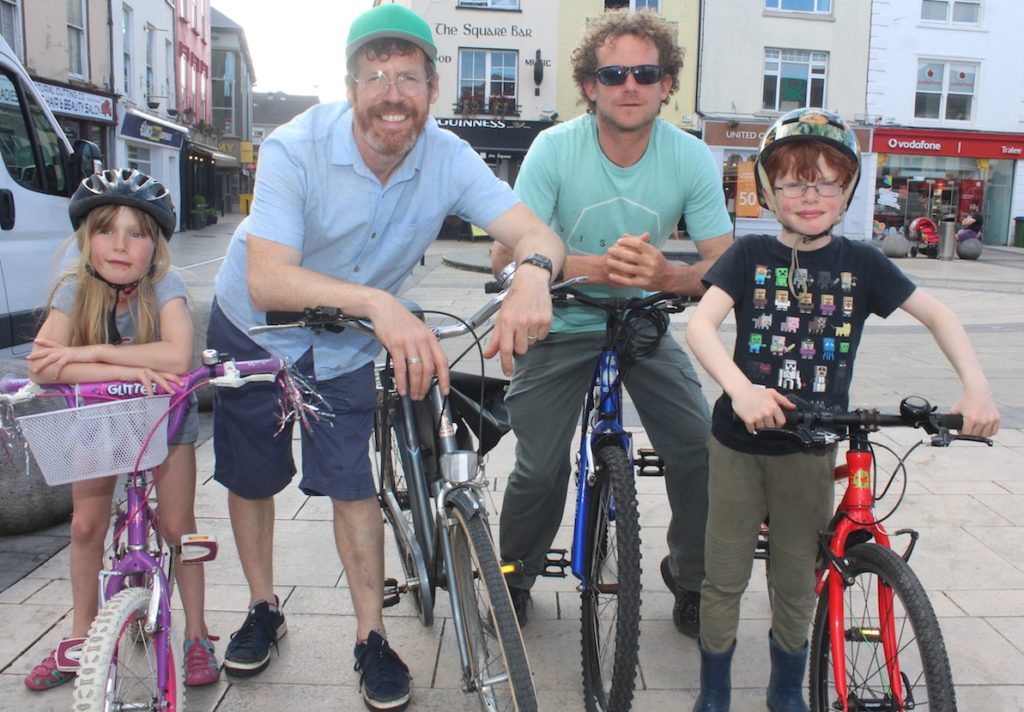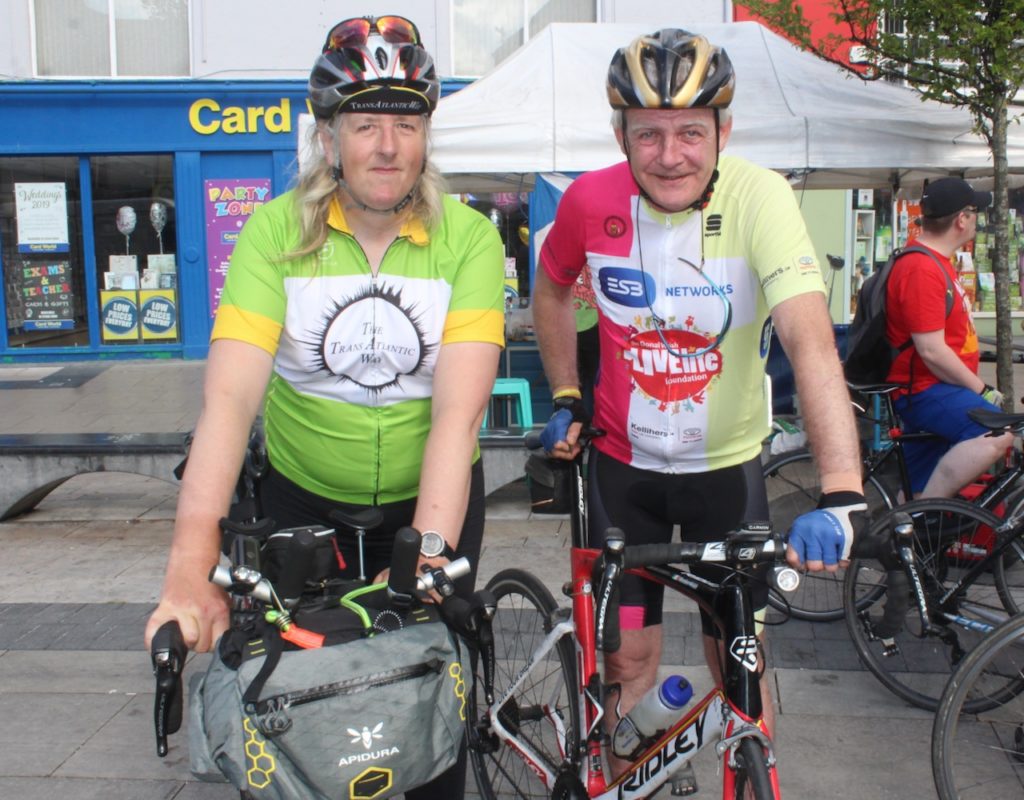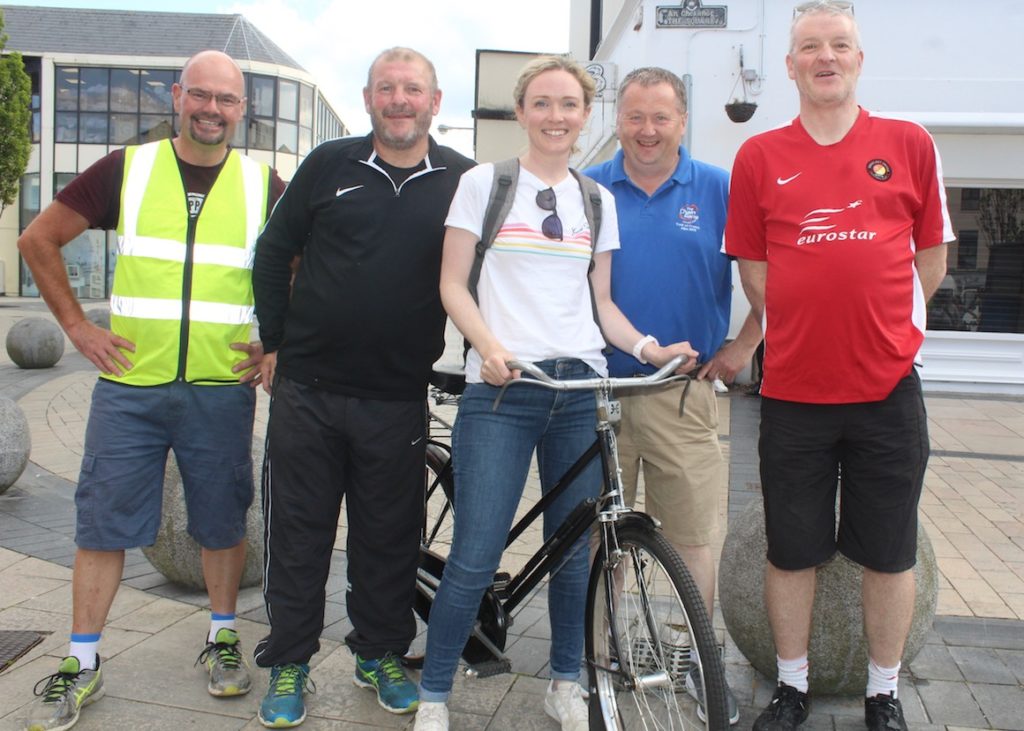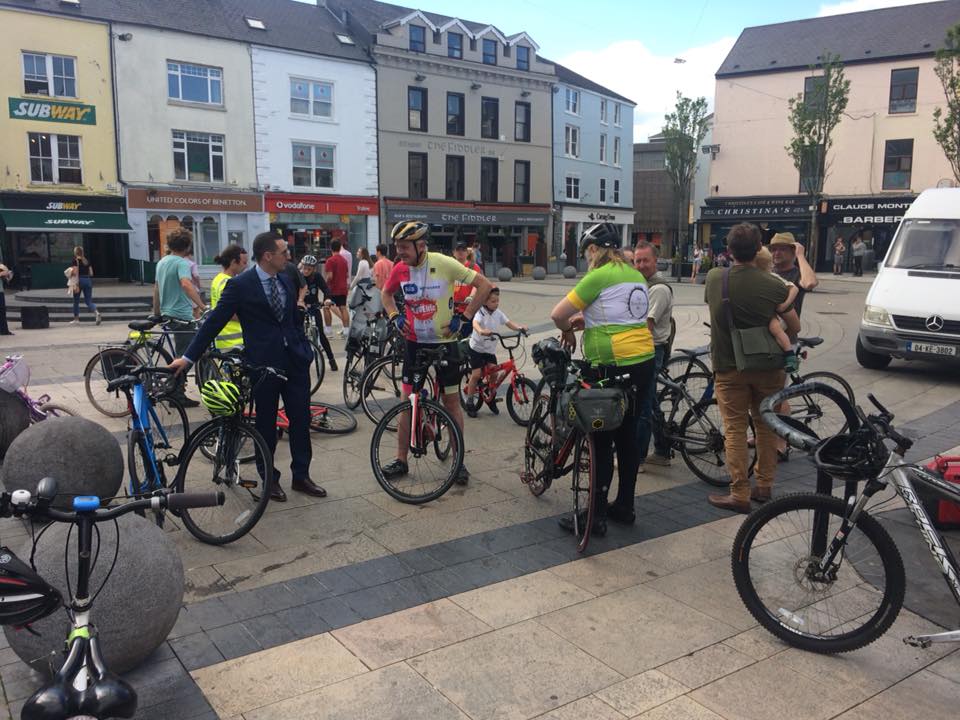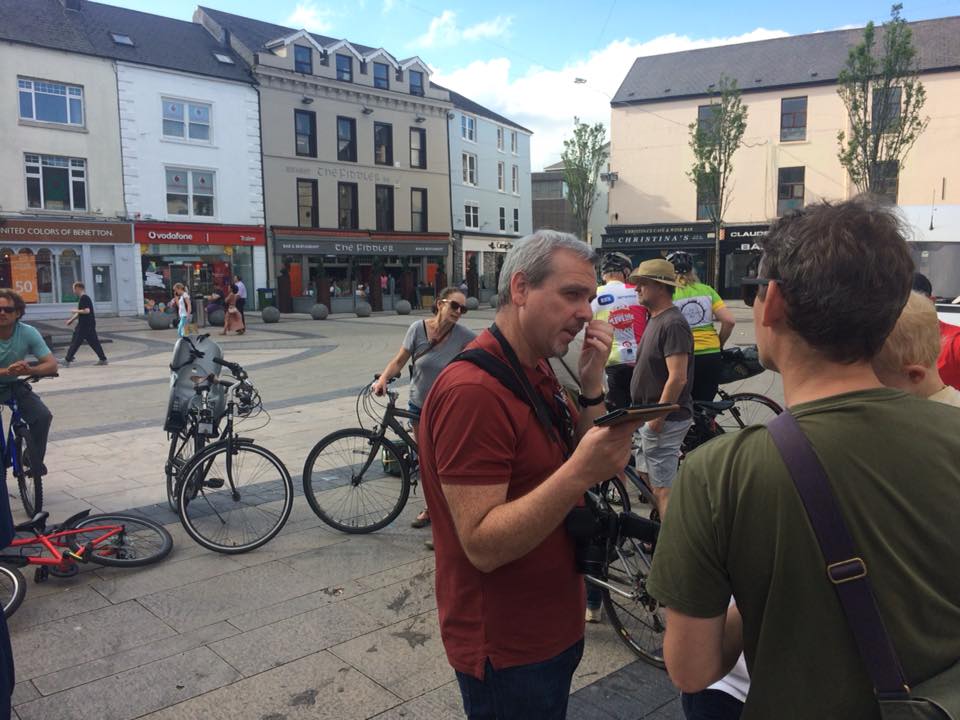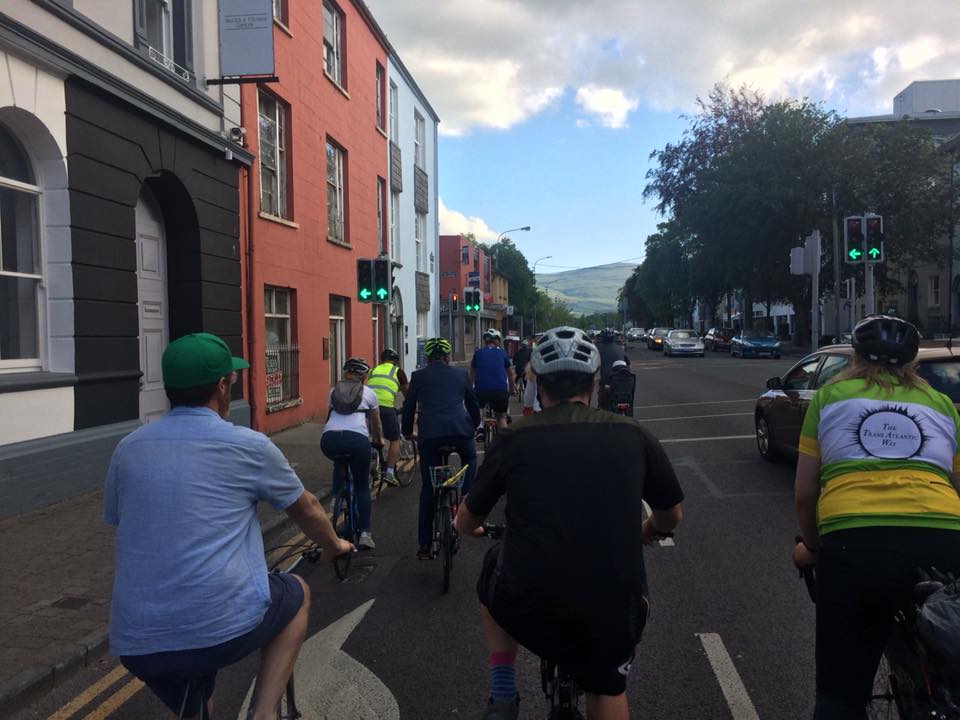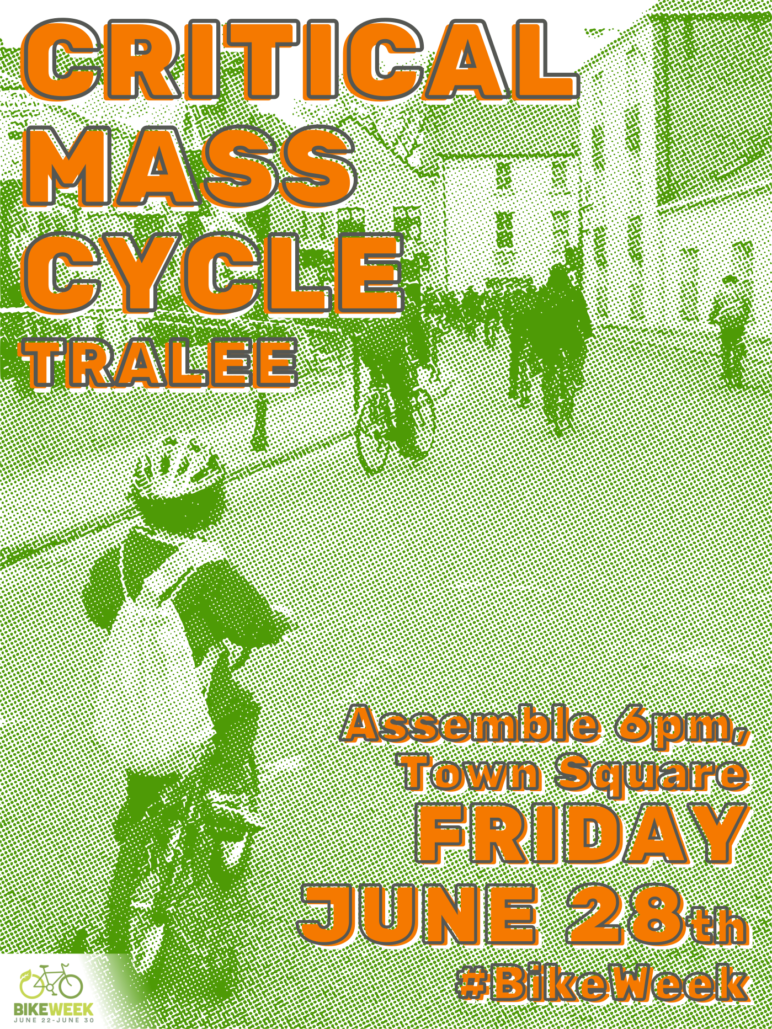MEDIA RELEASE – for immediate release
Tralee, Co. Kerry – 25/07/2020
Re: Rural Cycling Collective Manifesto Launched by Kerry Cycling Campaign
During the lockdown period of restricted travel one widely remarked phenomenon countrywide was the large increase in the numbers of people of all ages out walking and cycling. A desire to retain that peace and freedom, together with the promise by the new coalition government of an annual €360 million spend on walking and cycling infrastructure has led to the formation of a new Rural Cycling Collective. Comprising an array of groups and individuals under the umbrella of the wider national Cyclist.ie advocacy network, the group is focussed on making rural communities (towns, villages, and rural roads) cycle-friendly for all ages and abilities. It aims to rebalance the debate on active travel so that everyday journeys by bike across rural Ireland are enabled and supported.
“A VISION FOR CYCLING IS A VISION FOR THE FUTURE”
Launching the manifesto in Tralee, Anluan Dunne, speaking on behalf of Kerry Cycling Campaign said “Today, we launch our draft vision document which aims to promote and celebrate everyday cycling in, towns, villages and their surrounding areas. We are launching the Rural Cycling Collective to highlight the needs of areas outside of major cities. We are campaigning for fair distribution of transport funding to regional parts of the country to make cycling for all ages and abilities a reality. Our 8 identified priorities have the potential to completely transform communities.”
“RURAL COLLECTIVE HAS 8 PRIORITIES”
The collective is calling on Local and National Government to –
· Create an environment in our towns, villages, and rural roads where cyclists are expected and respected
– Create and Map existing a network of connected cycle routes in all Local Authority areas
– Implement best practice design so that routes are safe and comfortable for all ages and abilities
– Create safe cycle routes to school and car-free zones at school gates
– Lower Speed Limits to make our roads and streets safer and more accessible for everyone, and to reduce casualties
– Ensure clear and timely access to funding by improving capacity at all stages of local and national government
– Collaborate with all stakeholders including cycling and community groups at all stages of planning and design
– Provide Cycle Training for all ages especially children
Taken together these measures would transform active travel throughout Ireland. The co-benefits would include improvements to health, safety, congestion, air-quality, noise levels, and the public realm. More cycling will also help us to meet our climate change obligations. “We can be a voice for areas of Ireland that have not realised the potential of cycling for everyday activities, cycling to school for children and students, to work, to the post office for your pension or even to buy a litre of milk. We need to change how we develop our towns, villages and rural roads and we need our collective voice to be heard” said Mr. Dunne.
The Rural Collective are calling on everyone – cyclists, non-cyclists, want-to-be cyclists, mums, dads, planners, councillor to get involved in shaping this vision and helping to make it a reality.
ENDS
NOTES FOR EDITORS
AIMS
The collective plans to foster collaboration amongst cycling groups across Ireland and to jointly lobby local authorities and public representatives for the changes which will entice more people to choose the bicycle for everyday activities. They will also work towards a cycle-friendly Ireland by collaborating with all stakeholders, organising regular events, fun-cycles and campaign actions.
SPOKESPEOPLE
Anluan Dunne, Kerry Cycling Campaign, a member group of Cyclist.ie
Email: info@kerrycyclingcampaign.org
MORE INFO
Further information is available here: https://cyclist.ie/2020/07/cyclist-ies-rural-collective/
Our manifesto can be found here: https://cyclist.ie/2020/07/a-vision-for-cycling-in-rural-ireland/
About Kerry Cycling Campaign
Kerry Cycling Campaign is a voluntary membership group who wants a cycling-friendly county for people of all ages and abilities. We are a member of Cyclist.ie, the Irish Cycling Advocacy Network.
